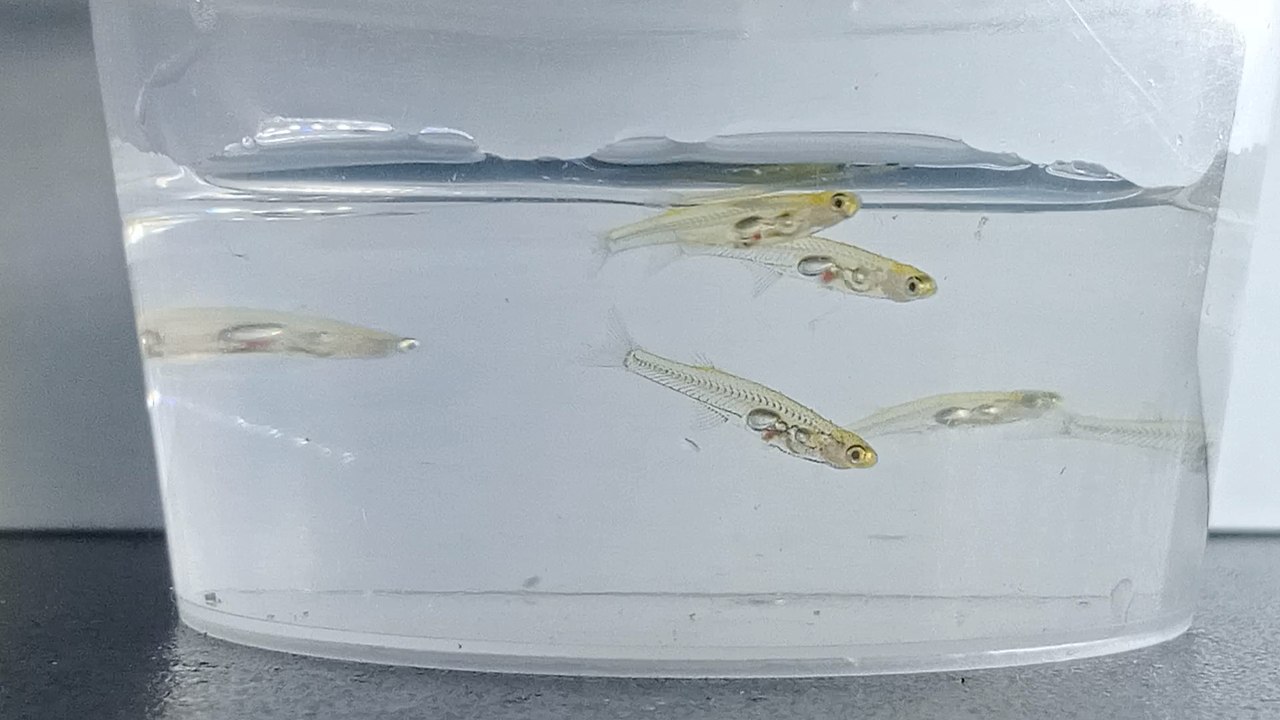You may have heard of the mouse that roared?
Today we’re talking about a tiny fish that can make an enormous noise.
The scientific name is Danionella cerebrum.
It’s found in waters in Myanmar, also known as Burma.
It’s completely transparent, and it really is tiny: just 10-12 mm long.
An international scientific team just published a study of the fish in the Proceedings of the National Academy of Sciences that finds it can produce sounds that reach 140 dB or higher.
That’s as loud as fireworks, or what you hear standing near a jet as it takes off.
The scientists figured out how the fish does what it does, with some help from body scans, gene analysis and high-speed video.
It starts with something called a swim bladder, which all bony fish have.
It’s filled with gas and, as the name suggests, it helps to keep the fish swimming underwater.
Danionella cerebrum contracts some of its muscles against a special kind of cartilage, which in turn presses hard and fast against the swim bladder.
That creates a short but very loud pulse of sound.
That’s the how, but the researchers also figured out some of why the fish do this.
They suspect it’s how the fish communicate in turbid, low-visibility water, and that it may help with fish hierarchy.
One of the scientists said that if you were to, say, put eight of the fish into one tank, a few of them would make a lot of noise and the others would quickly pipe down.
It’s almost as if they’re shouting down the others – or at least excluding them from a tiny fish drum circle.
If you’re anywhere near Salem, Ohio, you’re close to a bit of candy and toy history.
Resident Bill Faith has one of the largest ever collections of PEZ dispensers, around 4,000 in all.
But while he says he loves collecting the dispensers, he’s not a fan of the candy.
We like what we like, right?
A 12 mm fish produces 140-decibel sound to communicate in turbid waters (Phys.org)
Salem PEZ collector shows off massive collection (WKBN)

